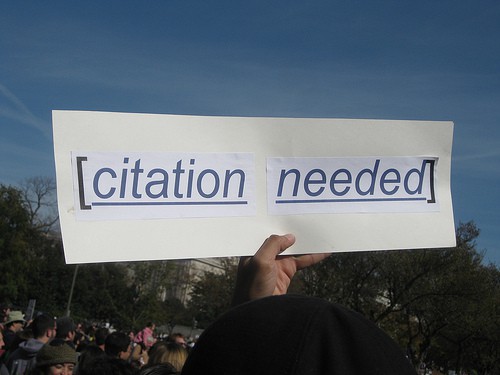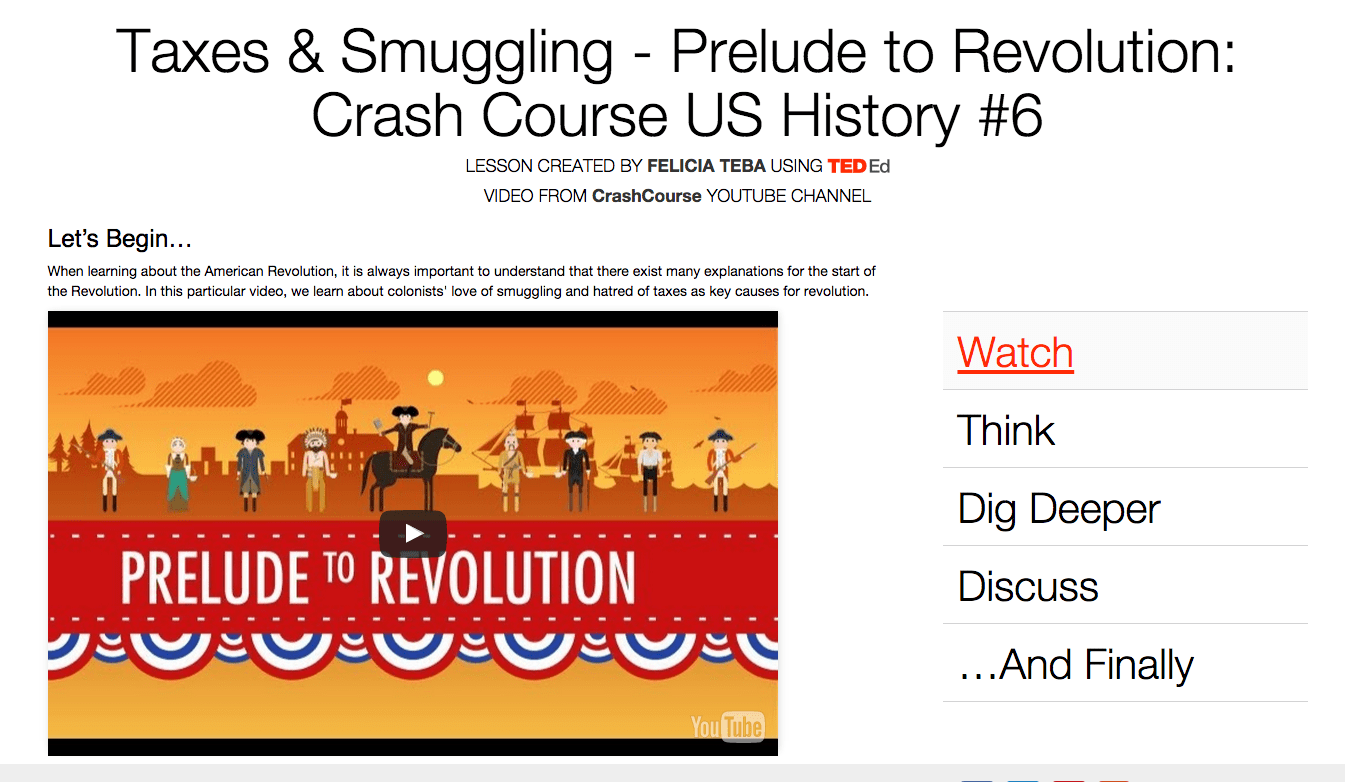Prompt: Students were asked to design a flipped lesson and then write a blog post that showcases their flipped lesson and reaction to designing it.
Alpha Centauri is the precursor to the Civilization games, and, in my opinion, is one of the greatest games ever made. This video is less of a specific lesson, although it does introduce you to some of the general features of the game. A true lesson would be hours long, dissecting all of the particulars of multiple different strategies, factions, and more. Instead, I hope this video is just enough to whet your appetite and get you excited to play this phenomenal game.
In regards to the flipped lesson itself, I’ll be very honest. I hate the sound of my own voice. Furthermore, I hate the act of recording itself. It’s like talking on the phone, a prime chance for me to stumble over myself, use far too many ums, and generally make a fool of myself. It was perhaps the single most reason I put it off until now. At least when speaking in public, I can feed off the cues of my audience. When I’m alone, I can only hear the thoughts of my own worst critic – you know who that is.
That being said, I definitely see the benefits of this model. I don’t believe it is satisfactory as a complete substitution for the traditional classroom model. There are too many students who, whether it be an issue of motivation or some other factor, not complete the assignment and be ready for class. However, if it is something introduced early on, and scaffolded towards, it may become an important tool in a teacher’s repertoire



